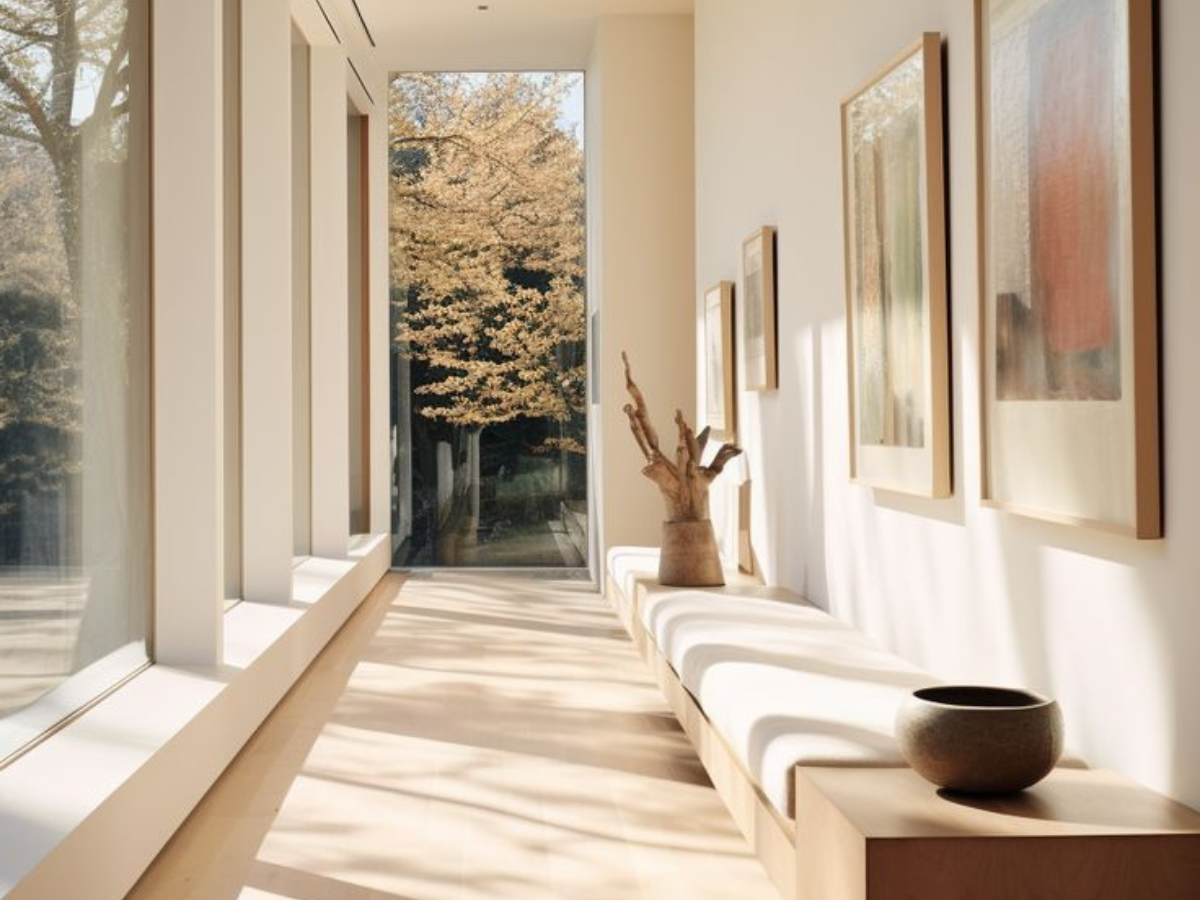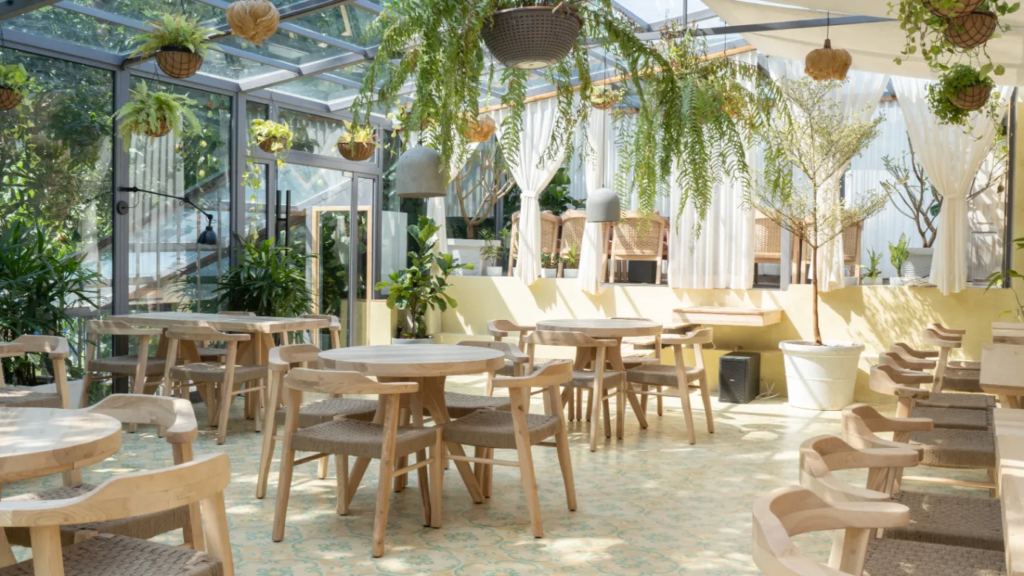
Expert tips to maximize natural light in your home
Sunlight is healthy. It is the most powerful light to enter a home. Natural sunlight in the home enhances mood, improves health, purifies the air, saves energy bills, and increases the home value. Natural light brings warmth to a home, giving it a cosy feel. It also helps to perform daily tasks around the house, with greater ease and safety. There are many ways to let abundant sunlight in your home.
Here are ten expert tips to maximize natural light in your home: –

1. Optimize the placement of mirrors
Optimize the placement of mirrors in the room to harness natural daylight by redirecting it to darker locations. The reflective power of the mirror will maximize luminosity, making the space feel brighter. You can place a large mirror directly across from a window to bounce light around the room. If the room needs more natural sunlight, position a second mirror to reflect the same light beam. Adding etched mirrors to furniture or walls also helps to diffuse light.
2. Rearrange the furniture strategically
Arrange the room furniture to allow natural light to reach every corner of the room. Don’t place tall, heavy, and bulky furniture near the window, as it can obstruct light from coming in. Also, consider arranging the seating arrangement to face a window. Avoid light-blocking heavy furniture and opt for minimalist furniture or open shelving, especially if the window is small.
3. Keep windows clean and clear
Regularly clean windows and window frames. Use natural cleaners to keep the glass surface free of dust and debris. Dirty windows can obstruct sunlight. Also, remember not to block your windows with dark curtains, blinds, or other objects. Light-coloured curtains or sheer curtains are best to allow sunlight to filter through and brighten up the space.
4. Go for lighter tones of paint
Paint your walls and ceilings white or in any light-coloured paint to enhance the reflection of sun rays. Lighter tones of paint make the room appear larger. Whites, creams, and pastels are preferred on walls, ceilings and furniture to maximize the effect of natural light. Light colours change the space ambiance as they diffuse light, contributing to a better look.
5. Install skylights, glass walls, sliding glass doors
If you live in a villa, you can design the room to get natural sunlight through a skylight, a fixed wall glass, or a sliding glass door. It will let the additional sunshine in. Install skylights in rooms with limited windows. They not only allow sunlight but also provide ventilation. The optimal placement can offer direct or diffused lighting depending on the requirement. Ensure proper installation of the three to maximize natural sunlight while avoiding any water leakage in the future.
6. Keep plants but trim trees
Plants help to purify the air. A plant in front of a window can reflect light into the room. Plants don’t generate light but glossy leaves can reflect light, giving the room a more natural feel. Plants placed strategically can even help to connect indoor and outdoor spaces. As for large surrounding trees, ensure you regularly trim them to allow sunlight to enter your home.
7. Use reflective surfaces
Use light-reflective glossy surfaces on furniture, flooring, backsplashes and decor to increase natural light in your home. Reflective surfaces bounce natural light deeper into the room by distributing it wider and reducing shadows. Reflective surfaces optimize available light, reducing the need for additional light sources. Layering glossy with matte finishes helps to create light and contrasting shadows, known as the chiaroscuro effect.
8. Opt for double-glazed windows
Double-glazed windows help reduce the glare in the room while allowing sufficient light to enter the room. It also helps to reduce noise, reduce condensation and reduce energy bills. Double-glazed windows contribute to regulating natural light entering a room.
9. Try texture
When natural lights falls on a textured wall, it gets beautifully illuminated. Different textures can affect natural light. So, understand which textures absorb light, diffuse light, add warmth, increase visual interest, and enhance or diminish shadows in the room. As textures interact differently, it is better to know what to expect.
10. Get an open floor plan design
An open floor plan design allows light to flow freely from one defined area to another. For example, if you have a dining room without windows, bring down the interconnecting wall and let the light flow directly from the living area to the dining area.
The right combination of these expert tips will help you maximize the natural light in your home. But before you get started, assess the current natural light entering the home, consider the size and placement of the window, and check the direction or intensity of the sunlight. You can also hire a top interior designer to design your apartment and make it look bright and cheerful.





